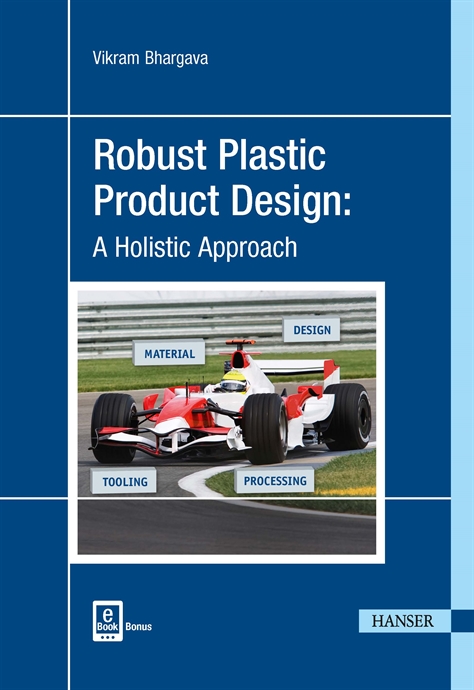
Most consumers don’t buy products for their joint designs. In fact, if your customer is aware of what fastening method you use to assemble your product, it’s very likely that he isn’t happy with that product. Customers usually only notice attachment methods when products don’t work.
People on the finance and production team know how important it is to “draft” the best attachment methods. That’s because fastening and joining processes typically determine half the parts on a bill of material and most of the direct assembly cost. In addition, fasteners are commonly the root cause of production problems and product recalls.
The first consideration when selecting attachment methods during new product development is to avoid jumping to conclusions. Joint designs will not be optimized if the first questions raised are which bolt size and locking method should be selected, or whether an epoxy or acrylic adhesive will work best.
Like other aspects of product development, the desire to find an answer often quickly displaces the examination of factors that lead to good joints. The first consideration in joint design should include classification of the joint requirements. For example, is the joint permanent or serviceable? Are the fastened components fixed or do they require relative motion?
The answers to these questions will eliminate some attachment methods from consideration, thus yielding a pool of candidates. This approach also encourages engineers to consider the option of eliminating fasteners entirely, especially when a permanent, fixed joint comprised of materials with fundamentally different properties is called for.
When the final selection of fastening processes must be made, consider including an assessment of how well each candidate avoids the joint-related problems most common to that product or process. That is, in addition to comparing how well they solve design problems like weight or strength, the ability of different joining methods to avoid production and durability problems should be examined.
While each fastening option has its own specific problem areas, some of the more universal issues are:
- Failure or inconsistent performance due to part or process variation. Each joining process has different sensitivity levels to variations in parameters, such as position, flatness, feature tolerance, surface finish and temperature. A good attachment method has low sensitivity to the specific part and process variables in which the greatest variation is expected.
- Failure or inconsistent performance due to the inability to test or verify. To refine joint design during prototype stages, and to ensure product integrity during production, the ability to quantify the influential aspects of joining and fastening is critical. For example, perhaps the greatest barrier to replacing permanent fasteners and joining methods with adhesives is the difficulty of assessing bond strength parameters. Outlining required development tests, and proposing the methods of ensuring conformance during production, should be a part of any exercise in selecting attachment methods.
- Unscheduled costs and assembly costs above targets. Because they consume a large portion of assembly cost, and because both production and field problems can often be traced back to them, fasteners are often the cause of cost overruns. While many of these unwanted costs can be prevented by paying careful attention to variation reduction and testing, violation of the general principles of good product design for assembly are also very influential factors.
Actually, the availability of good solutions is usually not the problem. Too often, the analysis that spawns them happens too late in product development to be invisible to customers and profits.




